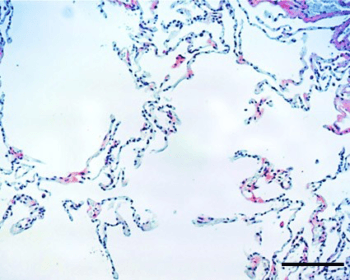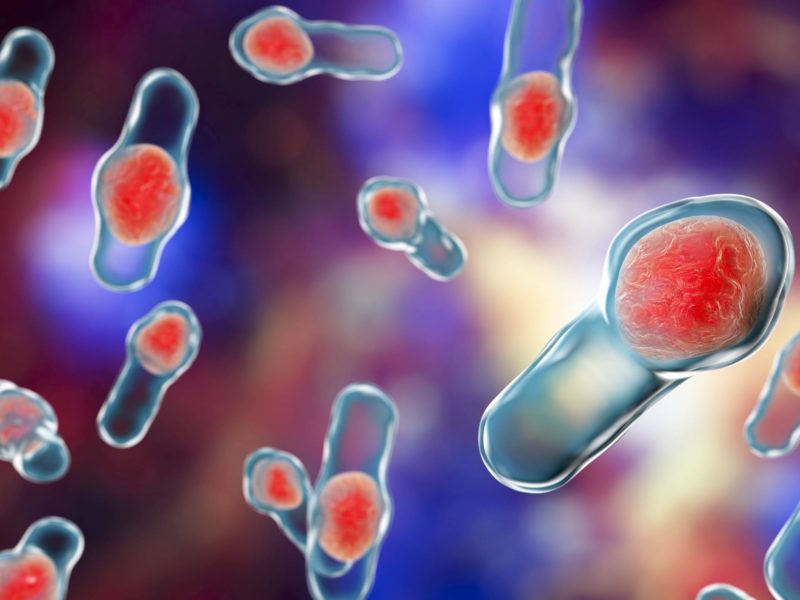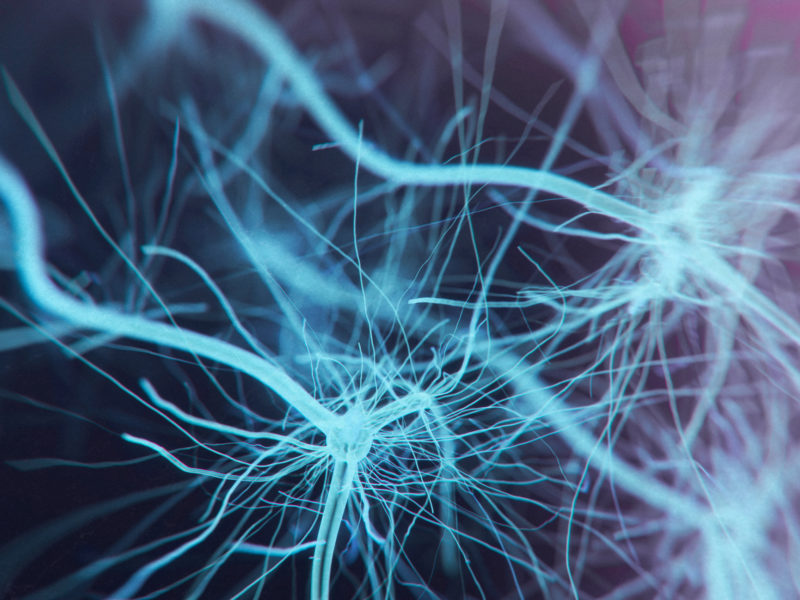Fighting Fibrosis

Scientists at Texas A&M University have made additional progress in understanding the process behind scar-tissue formation and wound healing — specifically, a breakthrough in fibroblast-to-fibrocyte signaling involving two key proteins that work together to promote fibrocyte differentiation to lethal excess — that could lead to new advances in treating and preventing fibrotic disease.
A new study led by biologists Richard Gomer and Darrell Pilling and involving Texas A&M graduate students Nehemiah Cox and Rice University technician Varsha Vakil points to a naturally occurring blood protein, lumican, that, when stimulated by a fibrocyte-secreted protein called tumor necrosis factor alpha (TNF-alpha), triggers a vicious cycle causing inappropriate and uncontrolled formation of scar tissue in fibrotic diseases. Their work is published in the current issue of the Proceedings of the National Academy of Sciences.
Fibrotic diseases occur when the body’s natural healing mechanisms malfunction and create excessive scar tissue in vital organs, to the point that it becomes harmful. These diseases are wide-ranging — lung, kidney, liver and heart fibrosis are some of the most common — and are associated with 45 percent of U.S. deaths per year.
For their analysis, Gomer and Pilling examined the lung tissue of human patients with pulmonary fibrosis and observed the presence of lumican. In patients with relatively normal lung function, the lumican was present at lower levels, whereas it was more prevalent in patients in advanced stages of the disease.
“Our data suggests that lumican may be one of the unknown signals from fibroblasts to fibrocytes that controls part of a runaway feedback loop that encourages fibrosis,” Gomer said. “Therefore, lumican-inhibiting drugs may prove useful as possible therapeutic treatments for fibrosis.”
Continue reading on the College of Science.
This article originally appeared in the College of Science website.





